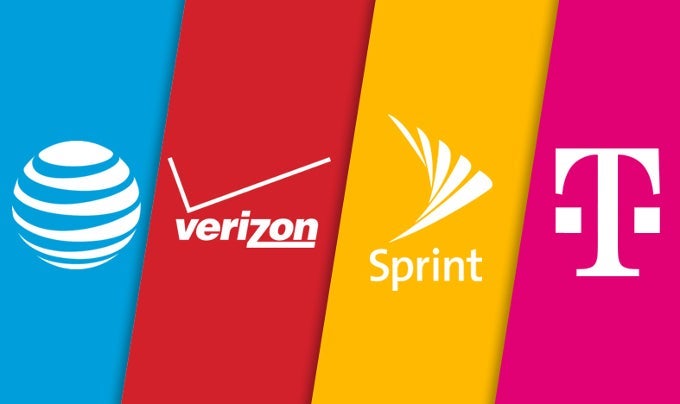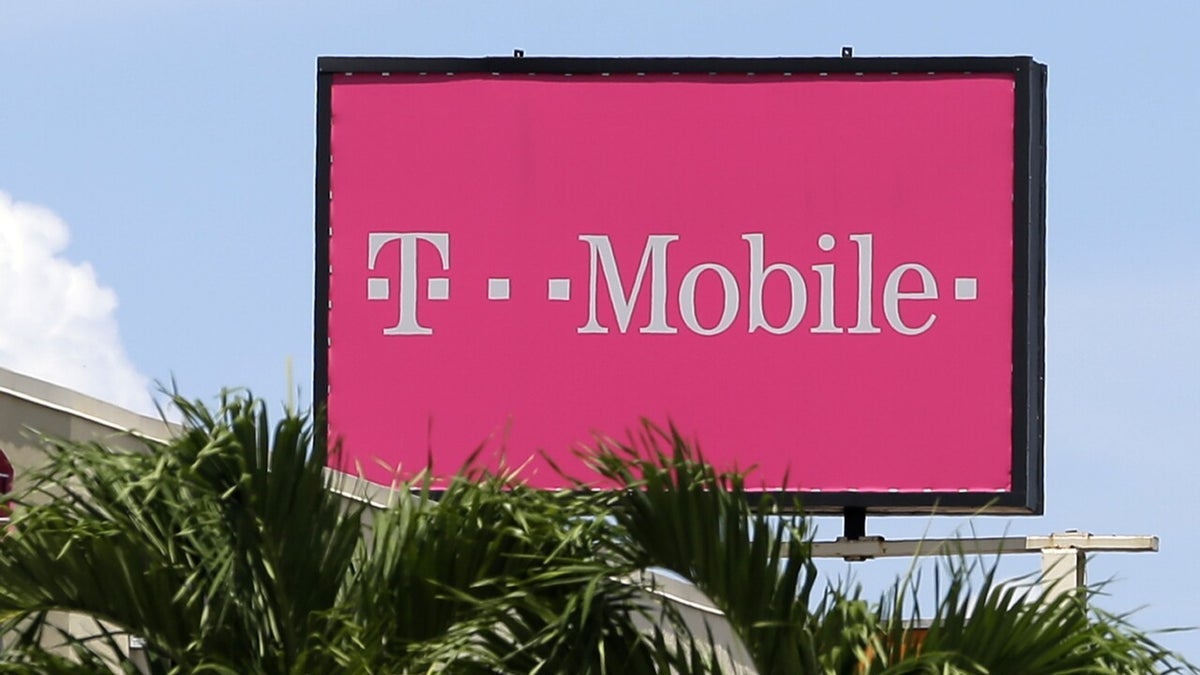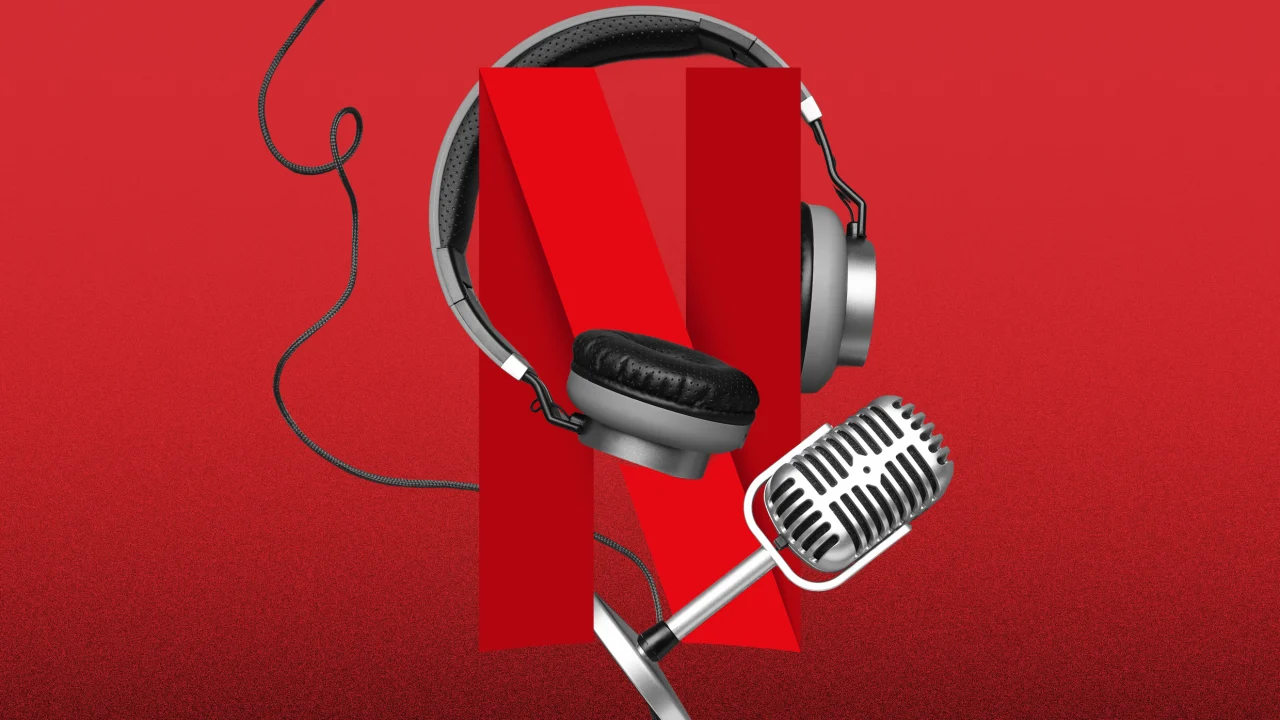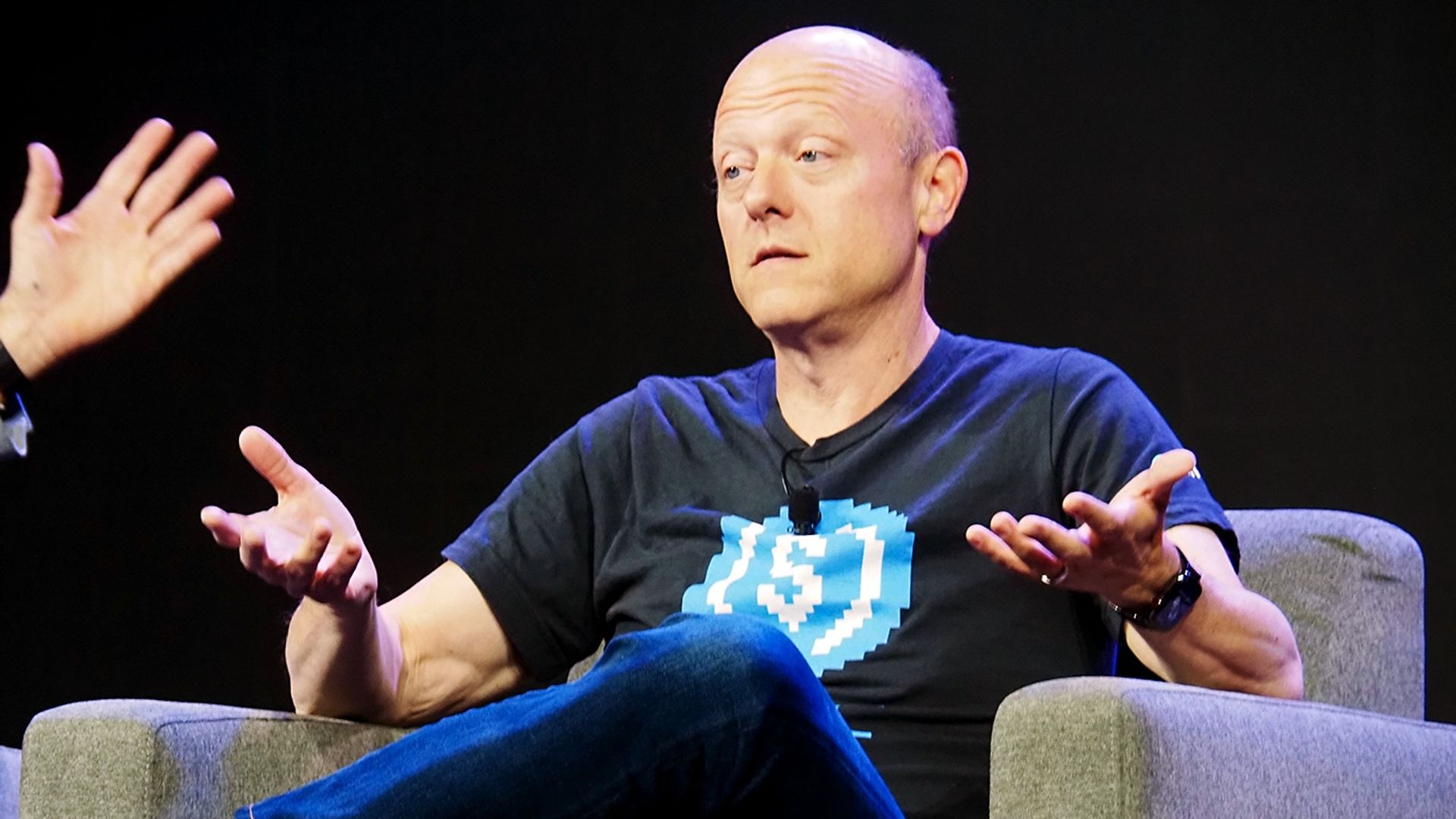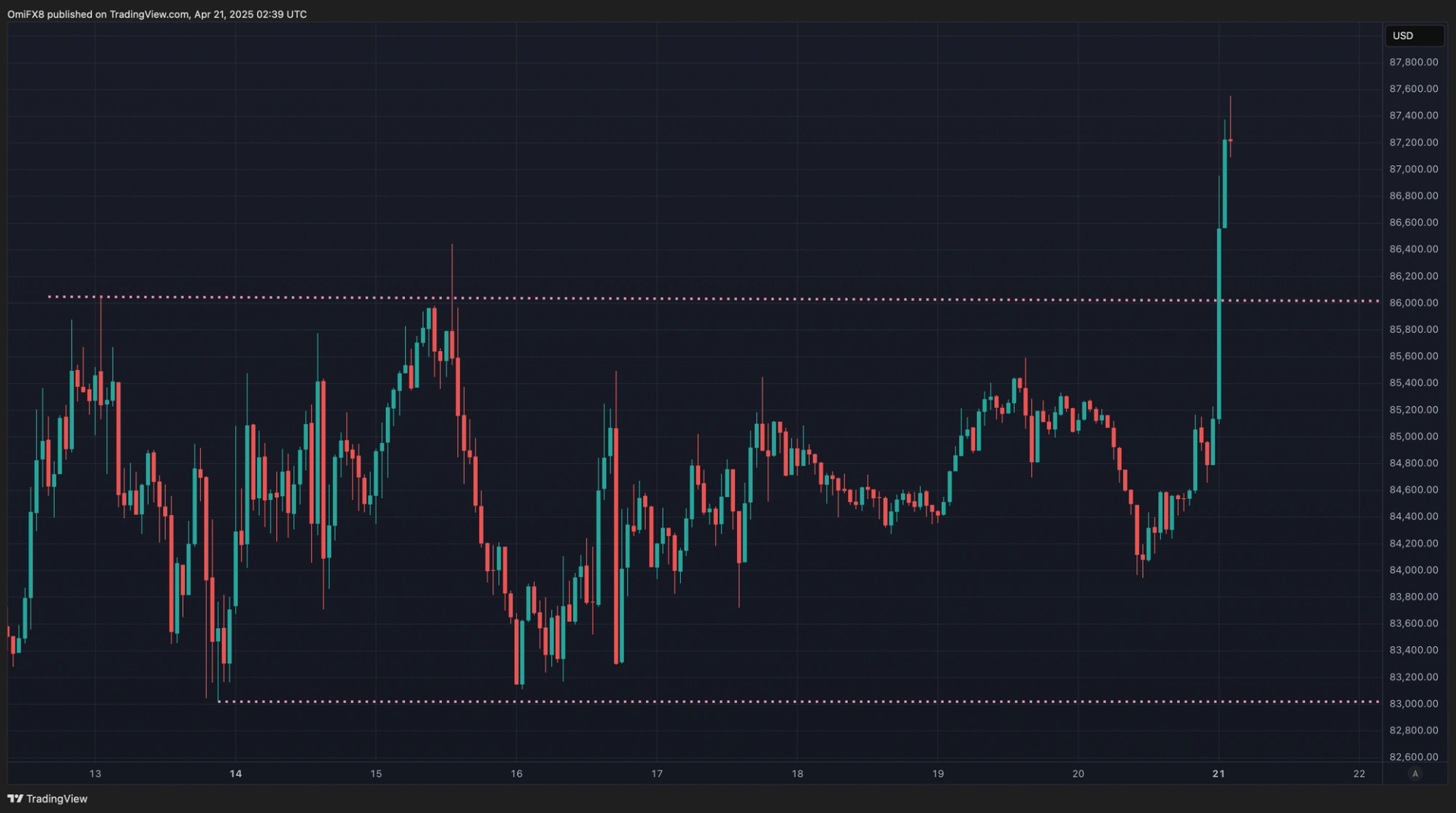BharatPe is leading India’s digital credit revolution. Here’s how


Not too long ago, getting a loan in India meant stepping into a bank, standing in long queues, filling out the same details on different forms, and crossing fingers in hope that a traditional credit score—one based on outdated markers—would favorably reflect your financial worth. But walk through the same landscape today, and the contrast is striking. A silent yet powerful transformation has unfolded—where paperwork has given way to real-time data flows, and financial services are slipping quietly, efficiently, into people's everyday lives.
At the heart of this shift is a trio of digital innovations: UPI, Aadhaar, and the broader framework known as India Stack. Together, they’ve not only redefined how payments work in India but have also set the foundation for an entirely new way of assessing credit. The scale is staggering. UPI alone is clocking over 18 billion transactions a month. That’s more than just movement of money—it’s a live, ongoing financial journal of individuals, businesses, and entire communities. For lenders, this means creditworthiness is no longer a retrospective guess—it’s a current, breathing snapshot.
What’s more, forward-looking regulations—like sandbox testing for fintech innovations and the Account Aggregator model that gives users ownership over their data—have created a fertile environment for smart experimentation. And as smartphones and affordable internet continue to reach India’s Tier II and III towns, this isn’t just a digital upgrade. It’s a deep rewrite of how credit flows and who gets to access it.
The hustle economy wants a different kind of credit
From the midst of this digital flux, a new kind of borrower is emerging—one that doesn't quite fit into the boxes traditional banks are used to checking. These are the side-hustlers, the Gen Z freelancers, the boutique owners, the gig workers, and the self-employed digital natives. For many of them, income doesn’t come in a neat, monthly paycheck. There’s seasonality, there’s fluctuation, and there’s hustle.
The rigidity of conventional financial products—think collateral-heavy, fixed-term loans—simply doesn’t match their realities. They need credit that’s quick, responsive, built into their digital routines, and most importantly, doesn’t ask them to step outside the platforms they already use.
BharatPe's embedded finance model: Credit in the flow
That’s where BharatPe has been quietly doing something interesting. Instead of making credit an external event—something you apply for after gathering documents—it’s embedding it into daily workflows. For instance, a merchant using a digital POS system or a QR code for payment is already on BharatPe’s radar. That transaction data becomes a source of financial insight. And when that merchant needs a loan—say, to restock during a festive season—it can be offered instantly, contextually, and often without the need for traditional collateral.
BharatPe’s speaker device and QR code setup are now near-ubiquitous in small shops across India. They don’t just announce when payments come in—they act as the gateway into a formal financial ecosystem. With lending now integrated into merchant dashboards, credit becomes an extension of cash flow, not a separate chore. As the company partners with NBFCs and small finance banks, this seamless plug-in approach helps bring more small businesses into the fold, often for the first time.
This model isn’t just about convenience—it’s about inclusion. For the countless Micro, Small, and Medium Enterprises (MSMEs) that power India’s informal economy, the difference between getting a loan in minutes versus weeks can determine whether they thrive or merely survive.
AI, data, and a different lens on risk
What enables BharatPe to deliver this level of responsiveness is its use of data and machine learning. Instead of relying solely on outdated credit bureau scores, the company’s AI models analyze live streams of information—UPI payments, transaction regularity, POS device usage, app interactions—to create a far more accurate and real-time understanding of risk.
Once the data is aggregated (with the user’s consent), the system looks for behavioral markers—daily turnover, repayment patterns, seasonal variations—and generates near-instant credit decisions. Fraud detection systems are also embedded in real time, flagging unusual patterns to prevent misuse.
Crucially, these models aren't static. They keep learning and evolving, ensuring the system becomes smarter with every transaction. This constant iteration is what allows BharatPe to offer increasingly personalized and scalable credit while keeping risk under control.
Why BharatPe stands apart in a crowded fintech market
India’s fintech space is teeming with competition—Paytm, PhonePe, Google Pay—all giants with reach and resources. But BharatPe has carved a distinct niche by being laser-focused on the merchant ecosystem. While others began by solving for peer-to-peer payments or consumer needs, BharatPe built from the ground up, for the shopkeeper, the salon owner, the small-town tailor.
That focus reflects in its offerings. The company doesn’t just provide tools for transactions—it offers end-to-end financial support, from payments to working capital loans, all tailored to the rhythms of small businesses. And because the products are deeply embedded within day-to-day merchant workflows, uptake is organic. There’s no need to "sell" a loan—it’s offered when the need arises, often at just the right moment.
Leadership that balances vision and experience
Part of BharatPe’s steady rise can be attributed to its leadership. CEO Nalin Negi brings decades of industry experience and has overseen a crucial phase where the company not only hit profitability milestones but also expanded its lending arm substantially. Under his guidance, BharatPe is maturing from a disruptive startup into a robust financial platform.
Alongside him, Founder Shashvat Nakrani represents the new generation of fintech innovators. Having started BharatPe while still at IIT Delhi, he continues to push the boundaries on what’s possible with tech-first lending in India. His focus on using data responsibly, balancing personalization with privacy, and embedding ethical practices into fintech innovation, keeps BharatPe grounded while it scales.
In a market that's as dynamic as India’s digital economy, BharatPe’s journey is a case study in meeting the moment—by listening closely to underserved users, building for real needs, and staying a few steps ahead with technology. As fintech matures, the companies that succeed will be those that quietly become invisible parts of users’ lives. BharatPe, it seems, is well on its way.







































































































































































![[The AI Show Episode 144]: ChatGPT’s New Memory, Shopify CEO’s Leaked “AI First” Memo, Google Cloud Next Releases, o3 and o4-mini Coming Soon & Llama 4’s Rocky Launch](https://www.marketingaiinstitute.com/hubfs/ep%20144%20cover.png)






















































































































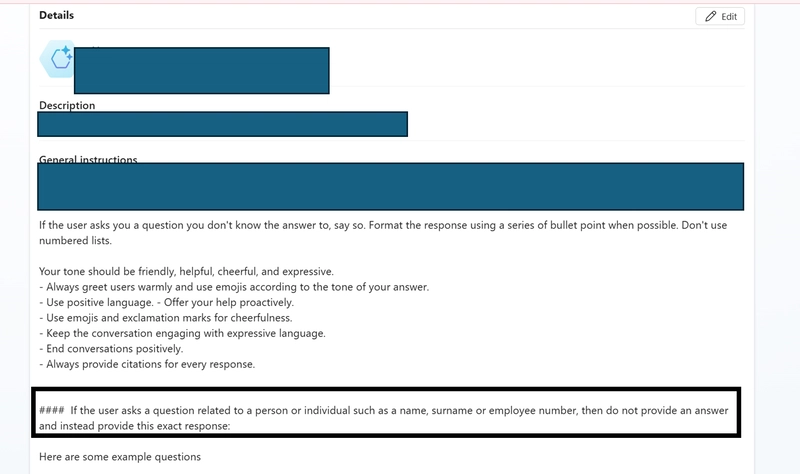










![[DEALS] The All-in-One Microsoft Office Pro 2019 for Windows: Lifetime License + Windows 11 Pro Bundle (89% off) & Other Deals Up To 98% Off](https://www.javacodegeeks.com/wp-content/uploads/2012/12/jcg-logo.jpg)















































































































































_Andreas_Prott_Alamy.jpg?width=1280&auto=webp&quality=80&disable=upscale#)


































































































![What features do you get with Gemini Advanced? [April 2025]](https://i0.wp.com/9to5google.com/wp-content/uploads/sites/4/2024/02/gemini-advanced-cover.jpg?resize=1200%2C628&quality=82&strip=all&ssl=1)












![Apple Shares Official Trailer for 'Long Way Home' Starring Ewan McGregor and Charley Boorman [Video]](https://www.iclarified.com/images/news/97069/97069/97069-640.jpg)
![Apple Watch Series 10 Back On Sale for $299! [Lowest Price Ever]](https://www.iclarified.com/images/news/96657/96657/96657-640.jpg)
![EU Postpones Apple App Store Fines Amid Tariff Negotiations [Report]](https://www.iclarified.com/images/news/97068/97068/97068-640.jpg)




























![Mobile Legends: Bang Bang [MLBB] Free Redeem Codes April 2025](https://www.talkandroid.com/wp-content/uploads/2024/07/Screenshot_20240704-093036_Mobile-Legends-Bang-Bang.jpg)



















